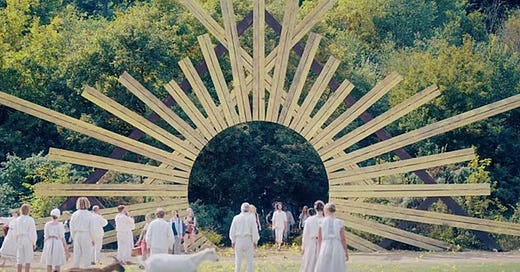INTO THE SPECIAL WORLD is one of the most important scenes of the Act I of any story—and for a writer or filmmaker, maybe even the most important one to get right.
As we move into Act II, I want to post a few recaps of elements leading up to that all-important DOORWAY into your Hero/ine’s journey.
We generally first see the hero/ine of a story in what myt…
Keep reading with a 7-day free trial
Subscribe to Screenwriting Tricks for Authors to keep reading this post and get 7 days of free access to the full post archives.




